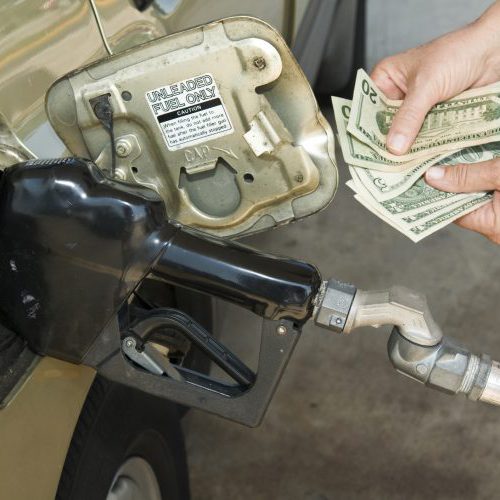Energy
Gas Prices Rise Above $2.50 in Most States, Threaten Economy

Published:
Last Updated:

Gasoline prices have reached a multimonth high, and the rise has put the price for an average gallon of regular above $2.50 in all but 14 states. The price is above $3 a gallon in five states.
Gas price increases often affect the broader economy as they eat into consumer discretionary spending. A further sharp increase in fuel prices is a new and widespread risk to the current economic expansion.
Gas prices nationwide, based on an average gallon of regular, are $2.66, according to AAA Fuel Gauge. That is up from $2.39 a year ago, an increase of 12%.
Several of the states with gas prices below $2.50 are along the Gulf Coast, near the large refineries near Houston. These include Texas, Louisiana and Alabama. Several are adjacent to or near these states, including Oklahoma, Arkansas, Missouri, Kansas and Tennessee.
The risk to the economy is primarily based on low-end income families, which have little discretionary income at all, and middle-income families with members who drive long distances. These families may have household members who are commuters or need to transport to services or events. The reasons do not matter. Much of the expenses in the homes where these people live is taken up by housing, utilities, food and clothing. In some cases, the cost of education can be added. Consumer spending usually is estimated at two-thirds to three-quarters of U.S. gross domestic product.
Among the industries hit the most quickly and most sharply by a drop in consumer spending is retail, which is already under pressure as traffic to physical stores drops. Sales of expensive consumer items, such as appliances and cars, also could be hurt.
Usually, gas prices rise after Memorial Day and stay high until Labor Day due to summer travel. This year, a sharp increase could start to break the growing U.S. economy’s back.
Retirement planning doesn’t have to feel overwhelming. The key is finding expert guidance—and SmartAsset’s simple quiz makes it easier than ever for you to connect with a vetted financial advisor.
Here’s how it works:
Why wait? Start building the retirement you’ve always dreamed of. Click here to get started today!
Thank you for reading! Have some feedback for us?
Contact the 24/7 Wall St. editorial team.